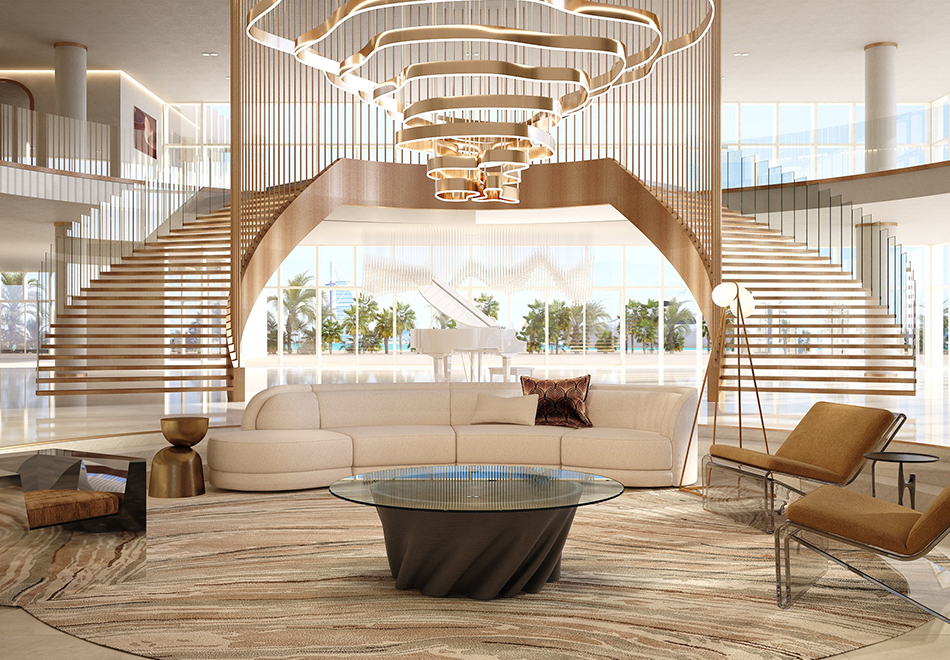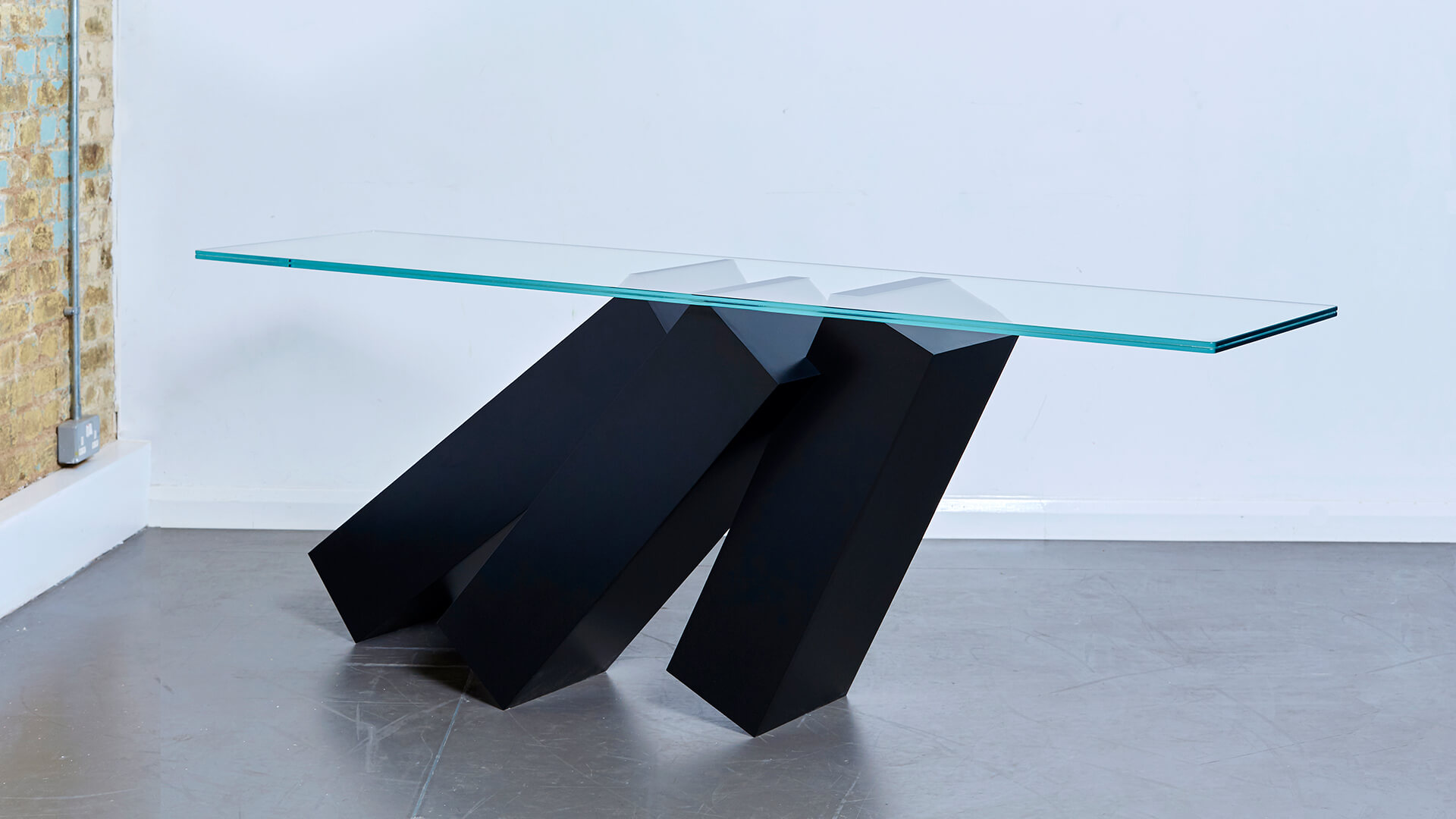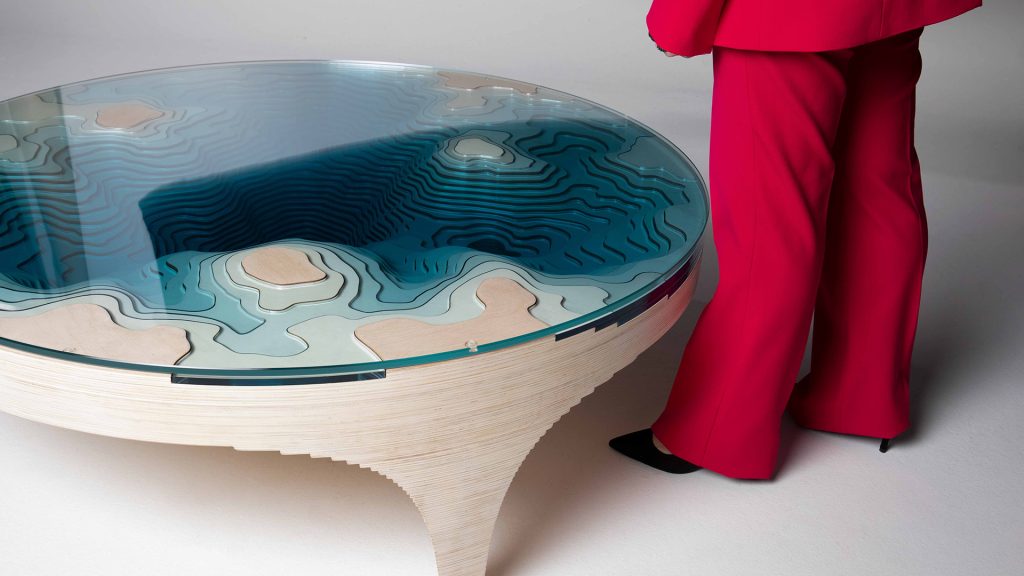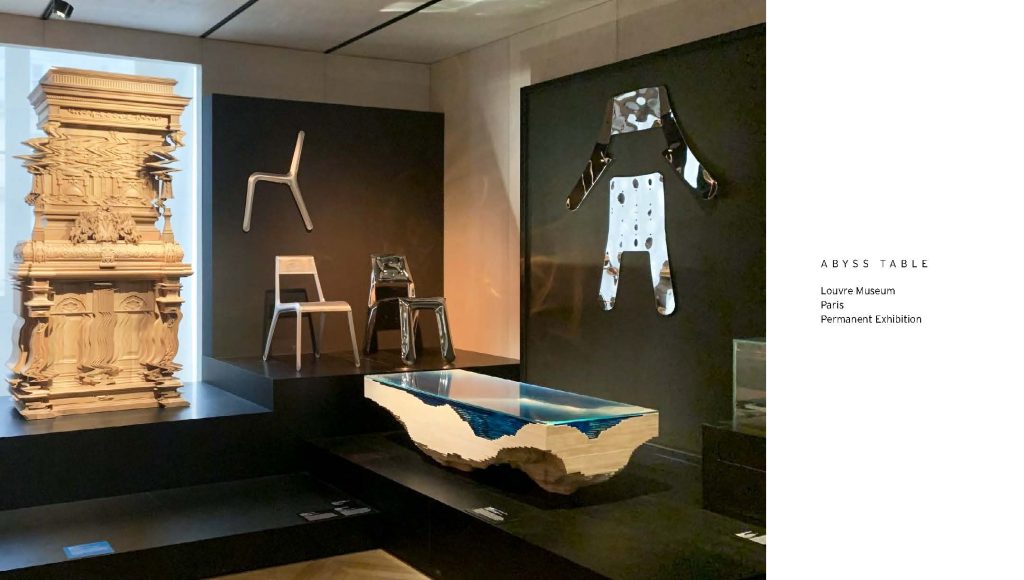Current trends in furniture art: A review
The design style known as Brutalism is anything but brutal.
Characterized by its use of simple, clean lines and an overall minimalistic look, the style is often maligned as cold and oppressive. However, Brutalism can also be seen as a bold and hopeful expression of the post-war era. In an age of rapid urbanization, Brutalist architecture offered a new way of designing buildings with less ornamentation and more efficient use of space.
Rather than mimicking traditional forms and old world mores, Brutalist architecture sought to create an honest expression of materials and construction. As a result, many Brutalist buildings have an industrial feel, with exposed concrete and large windows. While it may not be everyone's cup of tea, Brutalism represents an important moment in architectural history.
And in art furniture design terms, it's having a moment, too.
More on that later. For now, let's take a look at some of the leading furniture art design trends and tell you how they originated.
A return to form and function
Today’s furniture designers are increasingly looking to nature for inspiration. The soft curves and organic forms of natural objects are appearing with greater frequency in contemporary furniture design. This trend is partly driven by a desire to create more sustainable, environmentally-friendly products. But it also reflects a growing appreciation for the beauty and elegance of nature. By incorporating natural forms into their designs, furniture designers are able to create pieces that are both stylish and timeless. Reminiscent of the human body and favouring soft, curved organic forms over the more austere, geometric shapes of mid-century modernism, this current trend in furniture design is all about returning to a form that could be described as more ‘natural’.
At the forefront of this trend is the work of Australian designer Olive Gill-Hille. Connecting with a primitive modality, her collection of furniture is at once both modern and ancient.
Gill-Hille’s work is just one example of the ways in which designers are using nature as a source of inspiration. As we become more aware of the importance of sustainable design and the need to work with materials that do not damage the environment, it is likely that this trend will continue to grow in popularity.

Pre-industrial craftmanship
Another trend in styles of furniture design is a return to pre-industrial craftsmanship techniques. In an age of mass production and cheap, disposable goods, many people are yearning for products that are made with care and attention to detail. This has led to a growing interest in furniture that is handmade or made using traditional methods.
Designers who embrace this trend are often inspired by folk art, traditional textiles, and other forms of pre-industrial craftsmanship. The goal is to create furniture that is unique and has a personal story.
One designer who is at the forefront of this trend is another Australian furniture art designer: Michael Gittings. His intuitive approach to design allows metals and their properties to dictate the form of the final piece. Fascinated by the myriad metalworking processes and the potential to create new textures, Gittings' work is all about pushing the boundaries of what is possible. Taking a look at his metal chairs and tables, you'll find not only is each one unique, but that their beauty speaks of an age now sadly long gone.
Gittings' approach is representative of a larger trend in furniture design: a move away from mass-produced goods and a return to quality craftsmanship. This trend is being driven by a growing appreciation for the value of good design and a desire for furniture that makes a statement.
3D printing
The use of new technologies, such as three-dimensional (or 'additive') printing, stands in stark contrast to the return to pre-industrial craftsmanship techniques. And yet, it is another trend that is currently having a major impact on furniture design.
Additive printing is a manufacturing process that creates objects by depositing material layer by layer. This allows for the creation of complex shapes and detailed designs that would be impossible to create using traditional manufacturing methods.
This technology is often used to create prototypes or one-off pieces.
As a movement, 3D printed sand is gaining a lot of traction within the design community as it allows for free-flowing twists and distortions akin to that of a desert landscape.
Artists like Rive Roshan and Christopher Duffy are using 3D sand printing to create sculptural furniture pieces that are striking in their salience - blurring the lines between art and design.
Brutalism
Brutalism is a movement in architecture that emerged in the 1950s and characterized by an emphasis on functionality and the use of raw, unfinished materials.
In recent years, there has been a resurgence of interest in this style, with designers applying the principles of brutalism to furniture design.
This trend is all about celebrating the materials used to create furniture and highlighting their natural beauty.
Designers who embrace this trend often use concrete, wood, and metal in their work.
Brutalism is having a moment in the world of furniture design and it shows no signs of slowing down.
A leading figure in this trend is British designer Christopher Duffy. His furniture design is informed by an interest in the materiality of objects and a belief that furniture should be honest about its construction.
Some of his most famous statement furniture pieces, like the Megalith Coffeee Table and the Reflect Chair, embody the brutalist aesthetic, pared back design, and focus on materiality.v
Final thoughts.
There are a lot of exciting things happening in the world of the furniture art design. From a return to traditional craftsmanship techniques to the use of new technologies like additive printing, furniture designers are pushing the boundaries of what is possible. Unshackling itself from the strictures of classic designs, furniture art is evolving and becoming more experimental. As we move into the future, it will be fascinating to see what new trends emerge in this ever-changing field.
Now, more than ever, those who desire a unique, stirring statement piece of furniture art for their home or office have a wealth of options to choose from.
At Duffy London, we are always innovating and exploring new design technologies and ways of making. We aspire to push the boundaries of what’s possible in furniture design. Chris and the team have a vision to use cutting-edge technology, and sustainable practices, and deliver furniture art that engages and, most importantly, delights the people who interact with it. If you’re looking for something truly unique, do get in touch, we would love to work with you.















